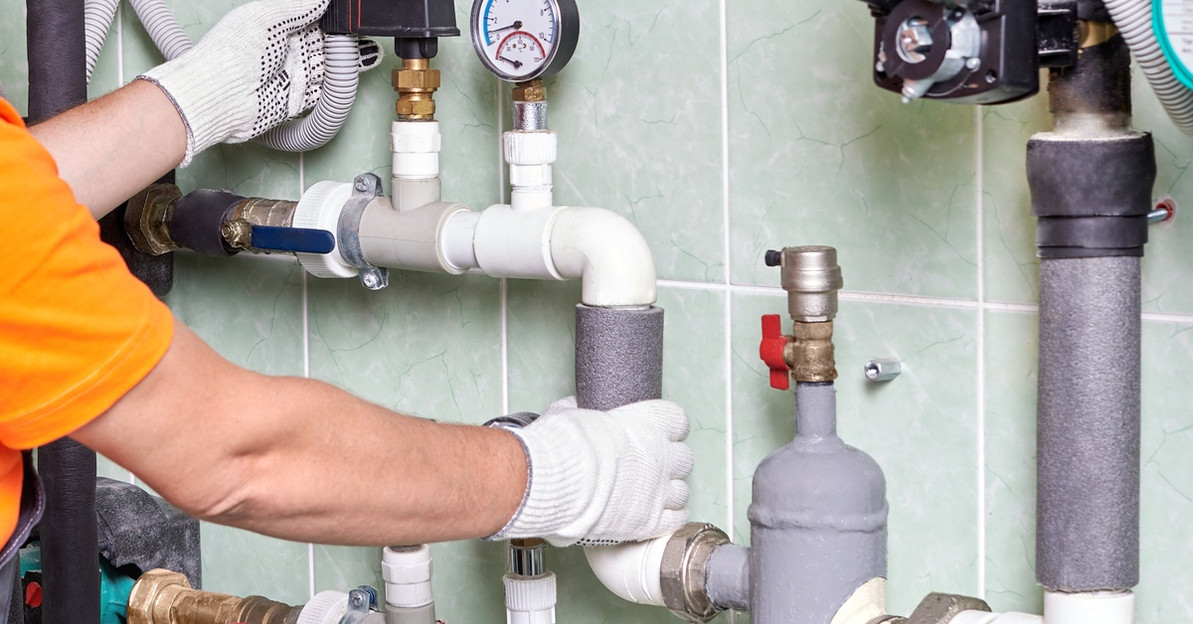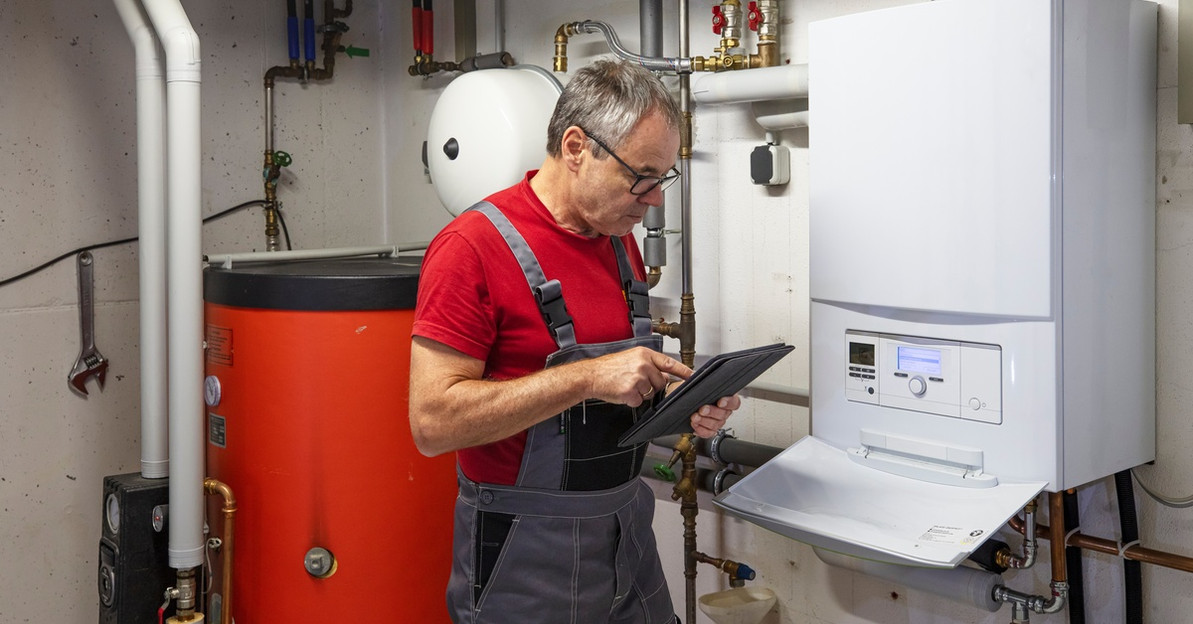Tips for Extending the Lifespan of a Booster Pump
Imagine this scenario for a moment: you’re gearing up for your morning, but the shower barely dribbles out water. Or maybe it’s the garden hose failing to deliver a steady stream when you need it most. Situations like these can quickly become frustrating, especially when the root cause is a booster pump struggling to keep up. Here’s the reality: booster pumps often go unnoticed in their day-to-day efforts to maintain reliable water pressure… until something goes wrong.
The key to avoiding those headaches? A little consistent care goes a long way toward keeping your pump in peak condition. By dedicating some time to routine maintenance and learning to spot trouble before it escalates, you can save yourself from unexpected breakdowns and expensive repair costs. Think of it as looking after something that quietly works hard for you every single day.
Our guide will help you do just that. Together, we’ll explore practical ways to extend the life of your booster pump. When you follow these tips, you won’t just protect your investment; you’ll also enjoy the peace of mind that comes with a pump that performs when you need it most.
Create a Consistent Maintenance Routine
If there’s one thing your booster pump will thank you for, it’s regular maintenance. Pumps have several moving parts, and each one needs care to perform efficiently. Start by checking manufacturer guidelines for specific schedules and tasks. Clean the intake screen, inspect the impeller for debris, and tighten any loose bolts on a regular basis.
If lubrication is recommended for your pump’s bearings, don’t skip it. Preventive maintenance like this helps you avoid costly repairs down the road. Keep a log of each maintenance activity, including dates, so nothing gets overlooked.
Keep Dust and Dirt at Bay
A clean environment is vital for your pump’s performance. Dirt and debris can creep into the system, which clogs vents and causes overheating. Wipe down the exterior regularly with a cloth to keep it free of grime. Make sure nothing is blocking the air vents around the pump to prevent it from straining while operating.
If your booster pump is housed in an area where dust builds up quickly, consider installing a protective enclosure. Just make sure the enclosure allows for ventilation. A little effort to maintain cleanliness not only helps your pump run efficiently but also extends its working life substantially.

Watch for Leaks Around Seals and Connections
Unchecked leaks are one of the quickest ways to compromise your pump’s performance. Gaskets, seals, and O-rings are tasked with keeping water in its rightful place, but over time, wear and tear can lead to cracks or gaps. Make it a habit to inspect these areas closely for any sign of moisture or damage.
Do you notice a small leak? Address it immediately by replacing the faulty component. Failing to do so can cause water damage to internal parts and even electrical components.
Control Water Pressure Levels
Your booster pump works best within a specific pressure range. When it’s forced to operate under overly high or fluctuating pressure, the risk of wear increases dramatically. Invest in a reliable pressure gauge to monitor performance regularly. Any unusual readings could point to blockages or worn-out internal parts, both of which demand immediate attention.
Are you dealing with a pressure regulator as part of your setup? Double-check that it’s functioning properly. Maintaining stable pressure prevents unnecessary stress on your system and ensures that your pump delivers efficient, reliable results for its entire lifespan.
Never Operate the Pump Without Water
One of the cardinal rules of using a booster pump is to never run it dry. Water isn’t just what the pump moves; it also acts as a lubricant for its internal components. Without water to cushion the movement, the pump can overheat and cause permanent damage to bearings or seals.
Install a low-flow sensor that automatically cuts power when there’s insufficient water supply. This simple addition could save your pump from irreversible harm. If you’re troubleshooting water flow issues yourself, always shut the pump off until the problem is resolved. Dry operation should always be avoided, no matter what the circumstances.
Inspect Electrical Components Regularly
Electrical issues often fly under the radar until something goes completely wrong. Loose connections, frayed wires, or corroded terminals can cause arc faults, damage the pump motor, or lead to uneven performance.
Use a multimeter to test electrical connections and verify that everything is operating as it should. Clean terminals and ensure wires are properly secured to reduce the risk of power surges or shorts. For extra protection, consider installing a surge protector specifically designed for pumps.

Double-Check Your Pump’s Compatibility
A booster pump is not one-size-fits-all when it comes to water systems. An undersized pump will struggle to meet the demand and wear out faster. On the other hand, one that’s too powerful might waste energy and overstress plumbing fixtures. Review your system’s water flow rate and pressure requirements, and make sure your pump is appropriately matched.
Are you unsure or confused about what to do? Consult with a professional for guidance. An accurately sized pump both makes your system more efficient and significantly contributes to its longevity.
Prepare the Pump for Downtime or Storage
If you’re not using your pump for an extended period, take the time to store it properly. Empty all water from the unit to prevent freezing or internal corrosion. Apply a light layer of rust-preventative spray on metal parts, especially when storing the pump in a humid or damp location.
Store it in a dry environment with stable temperatures, like a climate-controlled garage or shed, to reduce the risk of weather-related damage. Cover the pump to keep dust and debris out, which saves you from cleanup later. Properly storing your pump during offseason stretches ensures it’s ready to perform when you need it again.
Protect Your Pump Today
Caring for your booster pump is all about ensuring smooth, hassle-free water flow and extending the unit’s lifespan. A well-maintained pump supports the systems you depend on every day, from delivering consistent water pressure to supporting critical home or business functions. By investing a little time and effort now, you can save yourself from the bigger expense and stress of repairs later.
Take a moment this week to consider how you can improve your pump’s care routine. Is there a small adjustment, an inspection, or a piece of useful equipment you’ve been meaning to incorporate? Even one proactive improvement can make a noticeable impact on its longevity and reliability.
Remember: your booster pump works hard, so you don’t have to. Keep the momentum going and make today the day you commit to preserving its performance. After all, prevention is always better than dealing with unexpected setbacks. Now’s the time to ensure your pump’s best days are still ahead!
Recent Posts
-
How To Prevent Frozen Pipes Throughout Winter
Winter brings unique challenges for property management companies, maintenance crews, and plumbing c …Oct 21st 2025 -
Integrating Water Heaters With Building Management Systems
When you think about building management systems (BMS), water heaters probably aren’t the first thin …Oct 6th 2025 -
Recirculation Loop and Pump Options for Tankless Systems
Waiting for hot water can be frustrating. It wastes your time, your water, and your money. Fortunate …Sep 23rd 2025





